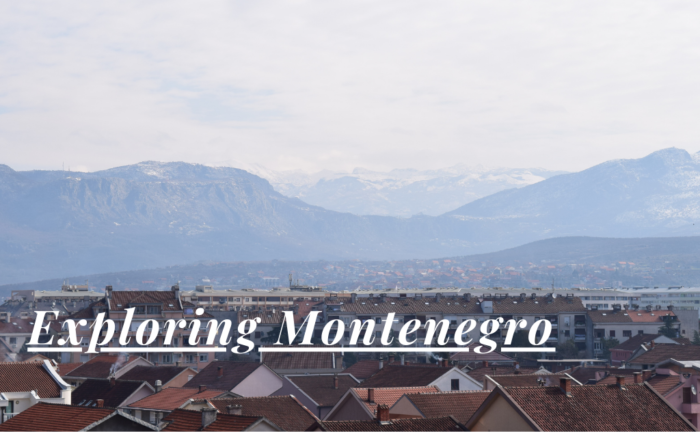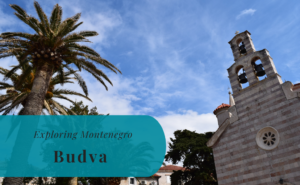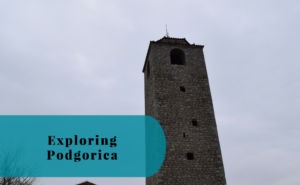Podgorica is the capital and largest city in Montenegro. The city lies inland in the southern part of the country, not far from the seaside resort towns along the Adriatic Sea. The name means “the town under the small hill”, but the city has also for a few decades in the 20th century been known as Titograd. It might not currently be able to compete as the main Montenegrin tourist destination with coastal towns such as Budva and Kotor. The city is, however, the country’s administrative and commercial center. With a population of around 173.000 inhabitants, it is home to more than a quarter of the country’s population of around 633.000.
Our Visit to Podgorica
We visited Podgorica for a weekend during the winter of 2018. It was a weekend to explore the city as well as going on a day trip to the Adriatic Coast and the town of Budva.
- Podgorica, Montenegro – Waking up in a New Country
- Podgorica, Montenegro – A Day to Explore
- Budva, Montenegro – Day Trip from Podgorica






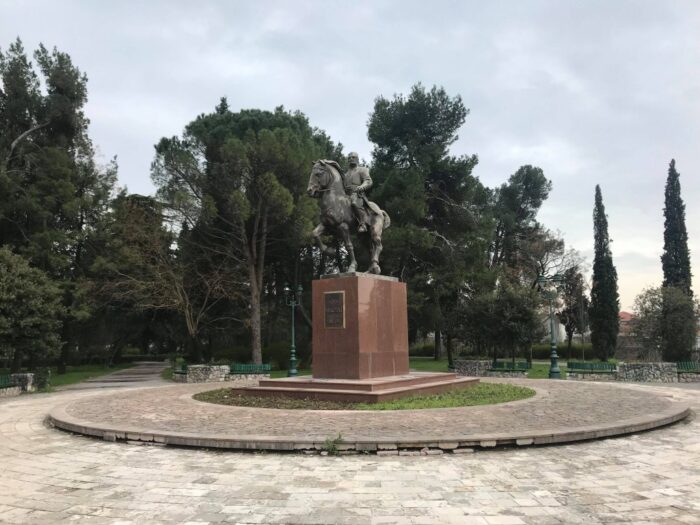
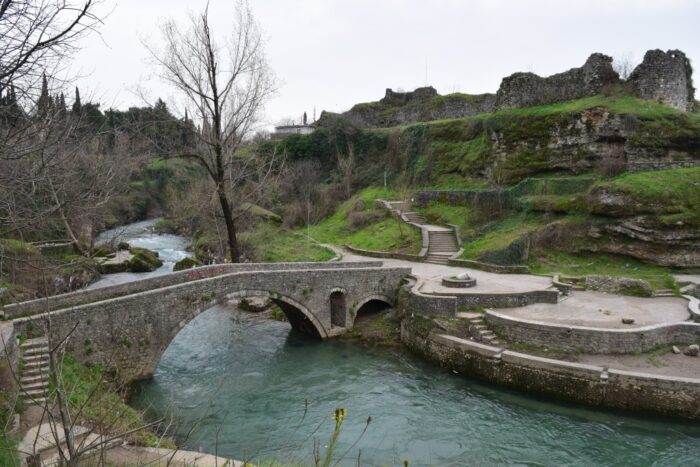

A Short History
The first known written mention of Podgorica dates back to the year 1326. The city had at the time a strategic location contributing to the city’s status as a regional center. The city was conquered by the Ottoman Empire in 1474 and a few years later the fortress in Podgorica was built. Podgorica stayed under Ottoman rule until 1878 when it became a part of the Principality of Montenegro. The First World War brought a few bombardments of the city as well as a short occupation by Austria-Hungary. The end of the war did, however, see Montenegro becoming a part of the Kingdom of Serbia and soon afterward a part of the Kingdom of Serbs, Croats, and Slovenes.
It was the Second World War that would eventually change Podgorica forever. The city was severely bombed. First by the German Luftwaffe in 1941 and then by the United States Air Force in 1944. The city was severely damaged and after the war, it became a part of the newly formed Social Federal Republic of Yugoslavia. Within Yugoslavia, Podgorica was renamed Titograd and became the capital of the People’s Republic of Montenegro.
Podgorica returned to its old name in 1992. When Montenegro gained its independence from the union with Serbia in 2006, it was once more Podgorica that received the honor of being the new country’s capital.
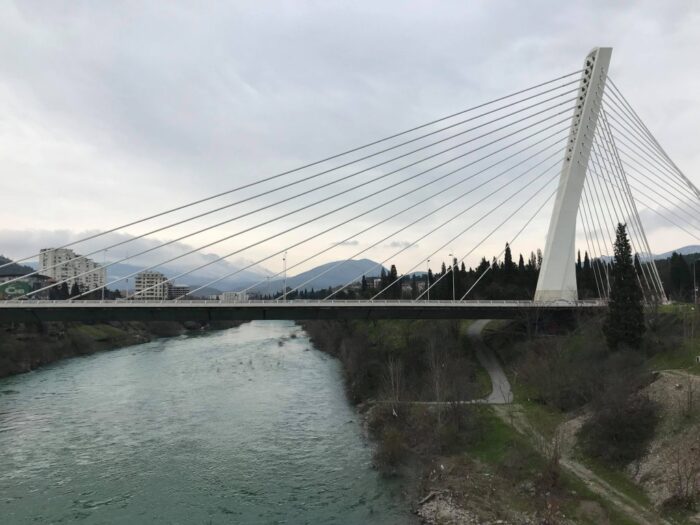
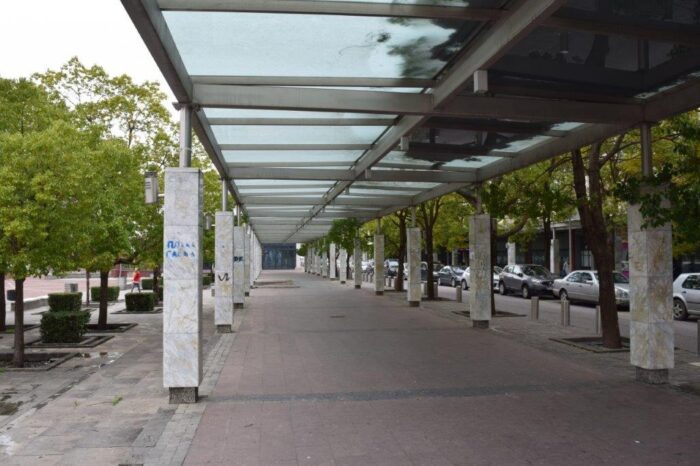




Things to Do and See
Podgorica needed to be rebuilt after the Second World War, which means that most of the buildings are from after the war. This has made room for the Brutalist architecture to be prevalent in the city. This building style is common in the former socialist countries in the Balkans. The city is not known for its beauty, but it still has a lot of scenic sights to discover. Let us have a look at a few of them.
Podgorica Clock Tower
The clock tower in the city is one of the structures that survived the Second World War bombings. The tower was built in 1667 and reaches a height of 19 meters. Due to its location and its height, it is a natural meeting point when exploring the city, especially the old town of Stara Varoš.
Stara Varoš
Stara Varoš is the Old Town of the city and mostly dates back to the Ottoman period. Not much remains from the centuries of Ottoman rule, the exception being a few houses and the clock tower. You will, however, still find small houses and a maze of narrow streets here.
Morača River
The Morača River splits the city into two parts. One of the bridges crossing the river is the Millennium Bridge. The bridge was opened in 2005 and is today one of the main landmarks in the city. It spans a length of 173 meters with a tower reaching a height of 57 meters above the road. Right next to the Millenium Bridge is the Moscow Bridge, a pedestrian bridge across the river. Other bridges across the river are Blažo Jovanović Bridge and the Union Bridge. The river banks also have some of the green areas of the city, with parks and walking paths.
Old Bridge over the Ribnica
The Old Bridge over the Ribnica is a must-see when visiting Podgorica. It is an old Roman stone bridge that was reconstructed in the 18th century. It spans the small river Ribnica, a tributary to the larger Morača River.
Ribnica Fortress
The Ribnica Fortress stands right at the confluence of the Ribnica and Morača rivers. The fortress dates back to the 15th century and the Ottoman rule of the city. This was one of two fortresses protecting the old town of Podgorica, the Stara Varoš. The fortress is today only a ruin. It was destroyed by an explosion in 1878 after being hit by lightning.
Cathedral of the Resurrection of Christ
Cathedral of the Resurrection of Christ is a Serbian Orthodox Church in the neighborhood of Novi Grad. Construction began in 1993 and the cathedral was completed 20 years later in 2013. Its towers reach a height of around 41 meters.








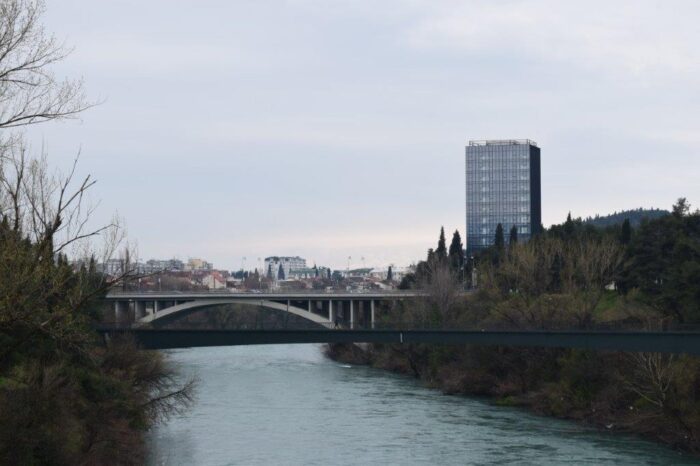
How to Get to Podgorica
- Flights: The nearest international airport is Podgorica Airport (TGD) just a short distance to the south of the city center.
- Car: Podgorica lies at the center of some of Montenegro’s main roads with many of them convening here.
- Train: Podgorica railway station lies along the Belgrade-Bar Railway and also includes lines to Nikšić and Shkodër.
Looking to Explore more of Montenegro and Europe?
